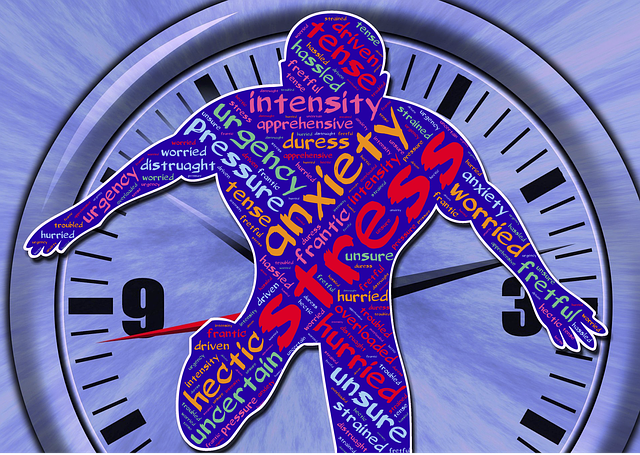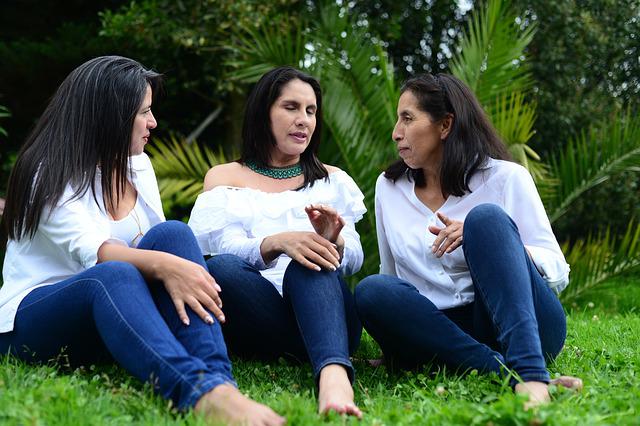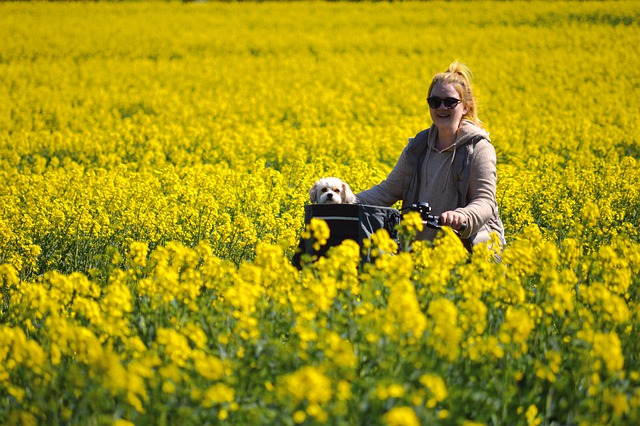Anna Kent has provided a thought-provoking memoir in her book, Frontline Midwife: My Story of Survival and Keeping Others Safe. The “frontline” theme of her memoir enriches our understanding of this concept. Anna’s story recounts how she undertook nine months service with Doctors Without Borders (Médecins Sans Frontières, MSF) in South Sudan – where the population had suffered civil war for fifty years, with ongoing outbreaks of conflict despite a peace settlement.
Anna whose background was as a nurse in a hospital Emergency Department (ED) in the UK found herself as an accidental midwife. There was no one else available to do the task because there were no trained midwives in South Sudan at the time because of the civil war and its impacts. As I read her “heart-wrenching tale”, I recalled Joseph Campbell’s book, The Hero’s Journey.
Anna’s story is told with unassumed humility, raw emotion, and acknowledgement of her fears, frailties and vulnerability. As nurses tend to do, she provides graphic descriptions of the medical challenges she confronts and provides a warning at the front of the book in terms of potential triggers for people who have experienced birth-related injuries, maternal death, loss of a baby or gender-based violence.
The first eight stages of the hero’s journey – a structured view
As you read Anna’s memoir, you can begin to map Joseph Campbell’s twelve stages of the hero’s journey throughout her account. I have attempted to link her story to the first eight stages in this blog post:
- Ordinary world – Before her journey, Anna enjoyed a comfortable life with her kind and musically talented boyfriend, Jack, and a home in Nottingham which included “an airy, high-ceilinged bedroom”. Her normal professional world was that of a highly qualified ED nurse at the Queen’s Medical Centre, Nottingham, where she coordinated a major trauma unit. To prepare herself for her work in South Sudan, she undertook a number of voluntary shifts in the maternity unit while on leave, completed a diploma in tropical nursing and volunteered for a brief placement at a Zambian Hospital in a rural district. Additionally, she completed a pre-departure course conducted in Germany by Doctors Without Borders (MSF).
- Call to adventure: Ever since an early age in her childhood, Anna felt the call to do something about the suffering and pain she saw every day on TV and in the newspapers. She felt a strong urge to help alleviate the overwhelming suffering she observed, especially that experienced by children like herself. As an adult, she experienced “complicated reasons” for wanting to volunteer and help those in need of relief from pain and suffering.
- Refusal of the call: As she was packing for her trip, Anna was almost overcome by her fears and uncertainty. She felt ill-prepared for what lay ahead and concerned about leaving her boyfriend and all the comforts of her everyday existence. She could acutely feel the tug to stay and not take the perilous journey involved in work in South Sudan. She also wondered about her comfy life, “Why isn’t this enough for me?”
- Meeting the mentor: At Loki, in north-west Kenya, Anna underwent a week-long training that included how to survive a kidnapping, emergency evacuation, and working in isolation. She was informed that there was no internet access because computers melted in the heat and was warned about landmines, poisonous snakes and scorpions. She was told about her onsite mentor who she would meet on arrival in Tam, South Sudan. All she knew about him was that he was over sixty years old and “eccentric”.
- Crossing the threshold: Anna crossed the threshold in more ways than one. She flew to Tam in a rambling, old aid plane which was the main transport for people and supplies to this remote area of South Sudan. The flight itself involved being thrown into the reality of war-torn Sudan with bandaged passengers and a woman covered in a bundle of rags lying on a stretcher on the floor of the plane. She was dying and had an IV line connected to her arm and attached via string to the seat’s edge. The French nurse attending to her indicated that the woman would be delivered to the MSF Hospital in Leer, the State’s capital. Anna was very aware that back in the UK, this woman would have had the best of care including drips and monitors and would not have had to suffer the indignity of travelling on the floor’s plane. She was informed that Tam itself suffers from a drastic shortage of pain relievers, antibiotics and other medical necessities. After offloading the dying woman and other passengers in need of urgent medical attention, the plane flew onto Tam where Anna would be working. Her plane eventually lands roughly on the mud landing strip that reflected the terrain – hot, barren and forbidding.
- Tests, Allies, Enemies: The heat and oppressive conditions are the enemy. Anna meets her mentor, James, a very experienced nurse and she took an immediate dislike to him. His joviality in the face of unmitigated horrors does not ring true and she can’t make him out. This uncertain relationship with someone whom she will have to depend on, added to her discomfiture. She identified an ally in another female nurse who supports her in the early days of her volunteer work in Tam. However, she is horrified by her sleeping conditions – she is in a tent with James nearby in another tent, both located within the dirt compound that is also traversed by poisonous snakes and scorpions. On top of this are the conditions for patients, many of whom walk many miles to attend the clinic even when seriously ill. The waiting room is effectively the “Waiting Tree” where patients huddle under the limited protection provided by a tree within the dirt compound. The stream of patients is endless (Anna and James treat 1,000 patients in a month) and the diversity and complexity of illnesses is scarry. The makeshift wards are overrun with some patients having to lie on mattresses in the dirt compound. There are continuous life and death decisions determining who will be airlifted to the hospital in Leer, given the restricted availability and limited capacity of the aid plane, and the resources at the hospital itself.
- Approach to the inmost cave: The death of a young boy became a crisis point for Anna. Her inner conflict intensified, doubts about her own capability in such trying conditions resurfaced, and she experienced emotional turmoil and overwhelm at the sight of unmitigated suffering, pain and death. She was tense about what further trauma lay ahead. Her salvation came in the form of lengthy, tent-to-tent conversations at night with James , her mentor. Unburdening herself with him and talking through what she was experiencing in an open and honest way changed their relationship. It helped her deal with her emotional crisis These conversations enabled her to reflect on her challenging experiences as they occurred and voice her worst fears. He offered her reassurance and emotional support. James introduced her to the power of mindfulness for dealing with turbulent emotions. Anna came to value his advice, his philosophy of life and his positive psychology.
- Ordeal: The ultimate ordeal for Anna and the medical team arrived in the form a 16 year old pregnant girl who was in deep distress and agonising pain. Anna played a major role in successfully delivering premature triplets and helping to save the young girl’s life as she was in acute danger of dying from excessive bleeding resulting from “postpartum haemorrhage”. This experience gave Anna the ultimate high so that she felt like a “hero” and suddenly understood why she had volunteered for such physically and emotionally draining work. She believed at the time that the high from this event would enable her to ride out the lows. The image of the young mother walking home with her triplets in a basket on her head reminded Anna of what was possible in saving others and to value her own contribution.
Reflection
Anna’s story lends itself to mindful reading which according to Mirabai Bush “moves the reader into a calm awareness, allowing for a profound experience and understanding”. It requires full attention, avoidance of distractions and openness to thoughts and feelings as they emerge throughout the reading process. This story is rich in self-disclosure, replete with expression of emotions and immersive in its description of the context and physical environment. Anna encourages us to join her on her hero’s journey into the challenging unknown and land of profound suffering.
Her efforts to grow in mindfulness through micro-practices increased her self-awareness and emotional regulation and enabled her to deal more effectively with the challenges that she had to meet on a daily basis.
__________________________________
Image by Eszter Hornyai from Pixabay
By Ron Passfield – Copyright (Creative Commons license, Attribution–Non Commercial–No Derivatives)
Disclosure: If you purchase a product through this site, I may earn a commission which will help to pay for the site, the associated Meetup group, and the resources to support the blog.









